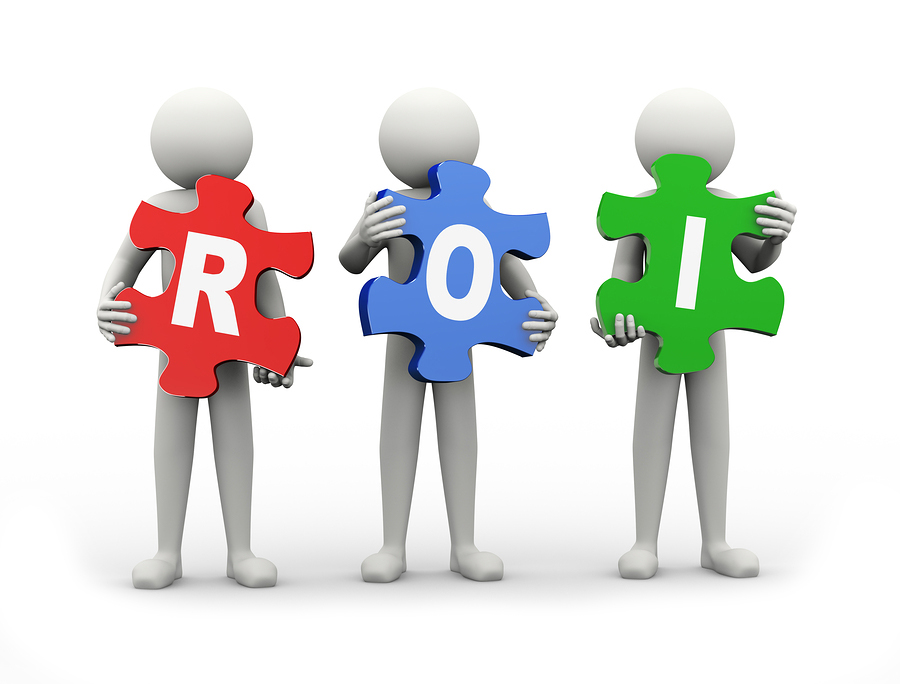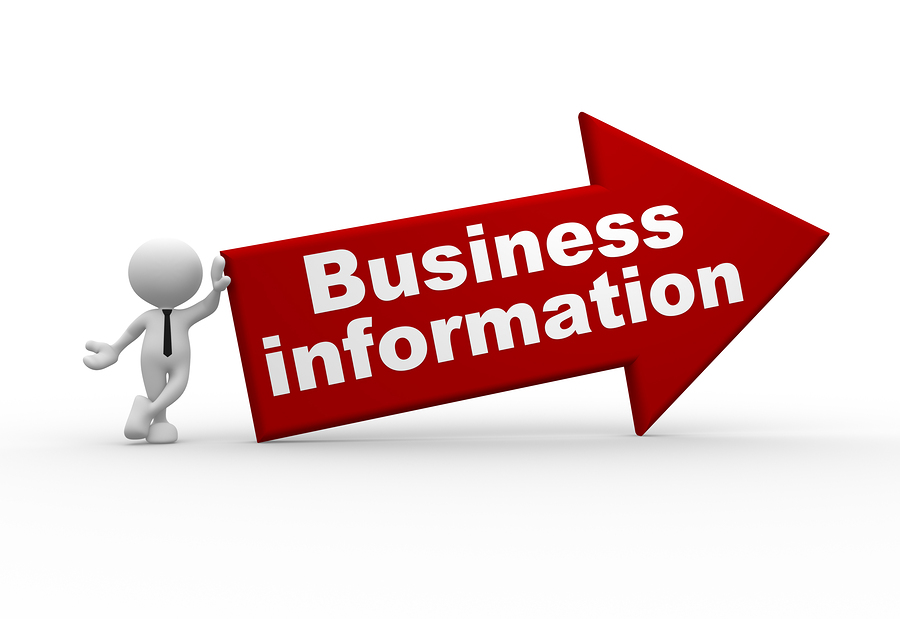The following is a conversation that may be quite familiar, and is perfect to kick off this column: Your client is going to a trade show, and needs some logoed promotional products as giveaways. He queries, “What’s new, what’s cute or what’s novel? Can you give me some ideas?”
You reply off the top of your head, “Well, there’s this widget. Or there’s this one.” Almost immediately, he responds, somewhat exasperated, “Sorry we’ve done that already.”
Slightly flummoxed, you stammer, “Well, have you tried this thing?”
With an edge to his voice now, your client retorts, “That won’t work because our competition did that last year!”
First, if you’re doing your job right, you will be asking several direct questions prior to making a formal presentation. Without the answers to those questions and with thousands of items from which to choose, picking the right “thing” is nothing more than a crap shoot. The person in charge of trade show events should be asked the following:
• What is the purpose of this show?
• What is your objective for exhibiting?
• What do you hope to accomplish with the promotional products you select?
• Have you ever evaluated your return on investment (ROI) from your shows?
• How many people are expected to attend – and approximately what is the percentage of potential buyers/clients for you?
• What factors or numbers will allow you to deem your trade show a “success?”
 Every year more and more “products” are being introduced into the market and after a while they all look the same. What if a program was developed that helped your clients generate a true ROI on their trade show investment? What if they could measure the Return on Objective (ROO) – what it actually costs to get that buyer in the booth? As a marketing consultant, I am amazed of how ineffective most marketing managers are at managing the “results” of their trade shows.
Every year more and more “products” are being introduced into the market and after a while they all look the same. What if a program was developed that helped your clients generate a true ROI on their trade show investment? What if they could measure the Return on Objective (ROO) – what it actually costs to get that buyer in the booth? As a marketing consultant, I am amazed of how ineffective most marketing managers are at managing the “results” of their trade shows.
Several years ago while attending an apparel show, I stood and watched two attractive women stand at the end of the trade show booth stuffing shirts into a bag and simply handing them out to a long line of people. Some companies contract modeling agencies to hire pretty women to attract customers to the booth. However, often, this is where it stops – they just hand out the products and flirt. I stood at this booth, and when the shirt stock was depleted, one of the girls squealed to the other, “Wow! That was a great show; we gave out over 1,000 T-shirts!” Did I miss something? Could the real booth personnel answer the following questions?
• What was the purpose of the shirt?
• Was the recipient the key buyer/decision maker?
• Do they even sell shirts?
• Were they an embroiderer? Screen printer?
• Who were their clients?
• What was their sales volume?
• What products have used in the past?
• Did they know anything about the quality difference? Availability? Cost?
 Companies spend thousands of dollars on promotional items to use as giveaways at a trade show, but to what end? If you want to be a better strategic partner for your clients, it is incumbent that you ask specific questions in order to build the best program to maximize the success of their shows. Promotional products programs developed for trade shows that have measurement built in have a far greater chance of tracking ROI and ROO than just handing out product like the company described above. Here are some excellent qualifying questions that will help you determine a baseline from which to start:
Companies spend thousands of dollars on promotional items to use as giveaways at a trade show, but to what end? If you want to be a better strategic partner for your clients, it is incumbent that you ask specific questions in order to build the best program to maximize the success of their shows. Promotional products programs developed for trade shows that have measurement built in have a far greater chance of tracking ROI and ROO than just handing out product like the company described above. Here are some excellent qualifying questions that will help you determine a baseline from which to start:
• Does the show management have an overall theme?
• Do you have a theme that coincides with the overall show theme?
• What are your specific objectives for doing the show?
• Do you just need to be there because the competition is there?
• Are you launching a new product or service?
• Are you looking to increase sales?
• Do you want to develop leads?
• Who is “your” target audience, specifically?
• What is the demographic profile of your ideal client?
• How many of your target audience will be there?
Not everyone who attends a trade show is your client. Trade show statistics demonstrate that roughly 12 percent of show attendees are your potential buyer, and this is true for various reasons:
• Do they want what you offer?
• Do they need the product or service?
• Can they use what you offer?
• Can they afford the product or service?
• Do they have the ability to pay for it?
• Are they the decision maker?
Now let’s dissect a potential scenario: Your client sells electronic scissor lifts to the construction trade. He and his co-workers will be exhibiting at a trade show for which they need “stuff” to give away. You believe you’ve asked all the right questions. The show management has informed your client that the projected attendance for this show will be approximately 2,000 buyers. Your client has budgeted $2,000 for trade show promotional merchandise to hand out. Now doing the math that means you need something around a dollar per piece. With that in mind, will that dollar-or-under-per-piece item help your client attract its key buyers? So what is the purpose of the gift this client plans on handing out? You found the newest thing for him, but is it the correct product to gain the results your client is looking for?
A client of mine once wanted $700 worth of 39-cent pens. The purpose was to flood the show to everyone who attended. After discussing the show stats with him and furthermore the challenges his company faced in the past we unveiled a few issues. In the past, the client had given a ton of product away with little to no response.
 He noticed that more times than not people just came by the booth to pick up the show freebie; the client was not able to qualify the individual but rather spent the majority of the time at a show handing out stuff and not focusing on the real task at hand – getting information in the potential client’s hands.
He noticed that more times than not people just came by the booth to pick up the show freebie; the client was not able to qualify the individual but rather spent the majority of the time at a show handing out stuff and not focusing on the real task at hand – getting information in the potential client’s hands.
It was agreed to we would try a different approach the next year. We explained that if he still felt it was necessary to give something out to all show attendees, then it should be an inexpensive item. It was decided to do 3,000 imprinted wrapped mints. In addition, the client selected gift-wrapped leather business card cases that were only given out to someone who spent the time to hear the sales pitch. The client managed to spend only 75 percent of his budget and had experienced a 60 percent greater success rate at this show; he was also able to take one fewer employee (savings) and found that the follow-up was more succinct and effective.
Now, let’s look at it another way, same scenario, but using the 12 percent statistic.
Twelve percent of 2,000 buyers equals 240 real buyers who want, need, can afford and have the ability to pay for that scissor lift. If you have 240 relevant attendees that gives you a budget of $8.33 per recipient and you can do a lot more with that budget than you can with a dollar – pre-show invitations, nicer gift at show, follow-up mailer.
Send out 240 pieces/invitations pulling in 120 buyers (50 percent response rate)
Of the 120 potential buyers, follow-up yielded 60 actual purchases (that’s 25 percent of the 240)
If you then divide the $2,000 by 60 actual purchases yields a CPOM (cost per objectives met) as $33.33 for each. Multiply $20,000 by 60; that's $1.2 million in sales.
Would your client willingly spend $33.33 to make one $20,000 sale? Now, obviously, to obtain a firm number on the total trade show costs and the true ROO, you would need to include all of the associated exhibition costs: drayage, booth rental, electric, shipping, meals, lodging, etc.; then divide that number by the total number of purchasers and there is your true ROI of your client's trade show experience.
Remember that you can indeed assist your trade show-exhibiting client to determine the cost per recipient and CPOM if your client tracks the success. Insist that the tradeshow manager track the overall cost per recipient and CPOM by building in a form of measurement, in order to determine the real ROI and ROO from the trade show. Go beyond the product so your clients experience their best shows ever.
Until next month, continued good selling!
For more than 30 years, Cliff has been speaking, training and consulting internationally to associations and national business groups on more effective ways to market themselves, their products and services, as well as motivating their personnel. Recognized by PPAI for his creativity, he has won the prestigious PPAI Pyramid award 25 times, and the Printing Industry's PSDA’s Peak Award for creativity five times in three years. He has also received PPAI's Ambassador Speaker of the Year Award six consecutive years and was the inaugural recipient of PPAI's Distinguished Service Award. Named one of top six industry speakers and trainers, he also was recognized by PPAI in the book, "PPAI at 100," as having a significant influence in education. He has also been recognized by Counselor Magazine as one of the Top 50 Most Influential People in the Promotional Products Industry. You can engage with Cliff at http://www.myengagepage2.com/cliffquicksell.